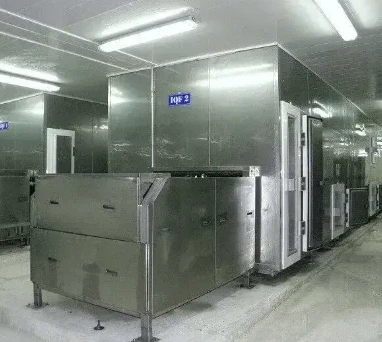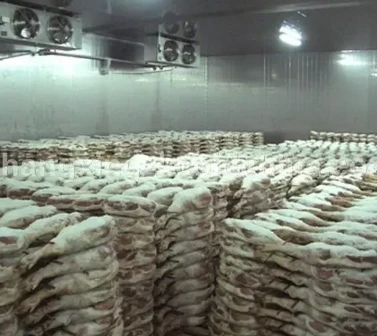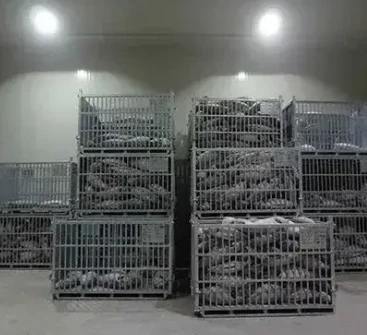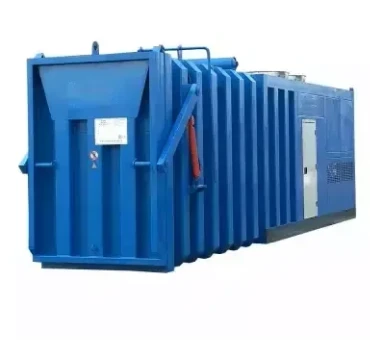Efficient Solutions for Cold Storage Facilities Featuring Innovative Sliding Door Designs and Installation Techniques
The Importance of Cold Room Sliding Doors in Modern Facilities
In the realm of temperature-controlled environments, such as cold storage facilities, laboratories, and commercial kitchens, the efficiency and reliability of access points are crucial. Cold room sliding doors play an essential role in maintaining temperature integrity, ensuring that perishable goods remain safe and suitable for consumption or use. With their unique design and functionality, these doors are a vital component of modern infrastructure in various industries.
Functionality and Design
Cold room sliding doors are specifically engineered to provide a tight seal, minimizing the ingress of warm air and the egress of cold air. Unlike traditional hinged doors, sliding doors glide open and closed, which reduces the risk of temperature fluctuations that can occur when a door is opened wide. This mechanism is particularly beneficial in facilities that experience high foot traffic, as it allows workers to move quickly in and out without compromising the environment inside.
These doors come in various materials, including insulated panels that provide thermal barriers. High-quality materials like stainless steel and fiberglass are commonly used to ensure durability and resistance to corrosion, which is vital in environments where moisture and temperature variations are prevalent. Additionally, many cold room sliding doors come with automated systems that improve efficiency, allowing for seamless operation while reducing manual handling.
Energy Efficiency
Energy efficiency is a significant consideration in the operation of cold storage facilities. Maintaining a consistent temperature is not only critical for product quality but also costs associated with refrigeration. Cold room sliding doors contribute to energy savings by minimizing thermal losses. They reduce the amount of energy required to maintain the desired temperature, resulting in lower operational costs and a reduced carbon footprint.
cold room sliding door
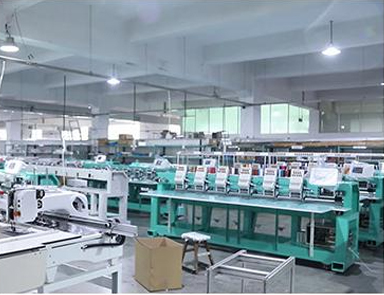
By effectively sealing off the cold room when not in use, these doors help preserve the cold air generated by refrigeration units, ultimately extending the lifespan of equipment and reducing maintenance needs. Businesses that prioritize energy efficiency often find that investing in high-quality sliding doors pays off in the long run.
Hygiene and Safety
In industries such as food processing and pharmaceuticals, hygiene is paramount. Cold room sliding doors can be designed with hygienic features that make them easy to clean and maintain. Smooth surfaces and no protruding hardware eliminate grime accumulation, ensuring compliance with health regulations. Furthermore, automated doors reduce the need for physical contact, thus minimizing the risk of contamination.
Safety is another critical aspect. Cold room sliding doors can be equipped with safety features such as motion sensors and emergency stop buttons, which prevent accidents in busy environments. These safety measures ensure that the likelihood of injuries from heavy doors or accidents in high-traffic areas is significantly reduced.
Conclusion
In conclusion, cold room sliding doors are an indispensable component in the management of temperature-controlled environments. Their innovative design, energy efficiency, and emphasis on hygiene and safety make them integral to the successful operation of various industries. As technology advances, the functionality of these doors continues to improve, providing enhanced performance and reliability. In a world where maintaining the integrity of cold storage is paramount, investing in quality cold room sliding doors is not just a business decision; it is a commitment to operational excellence and product quality.



